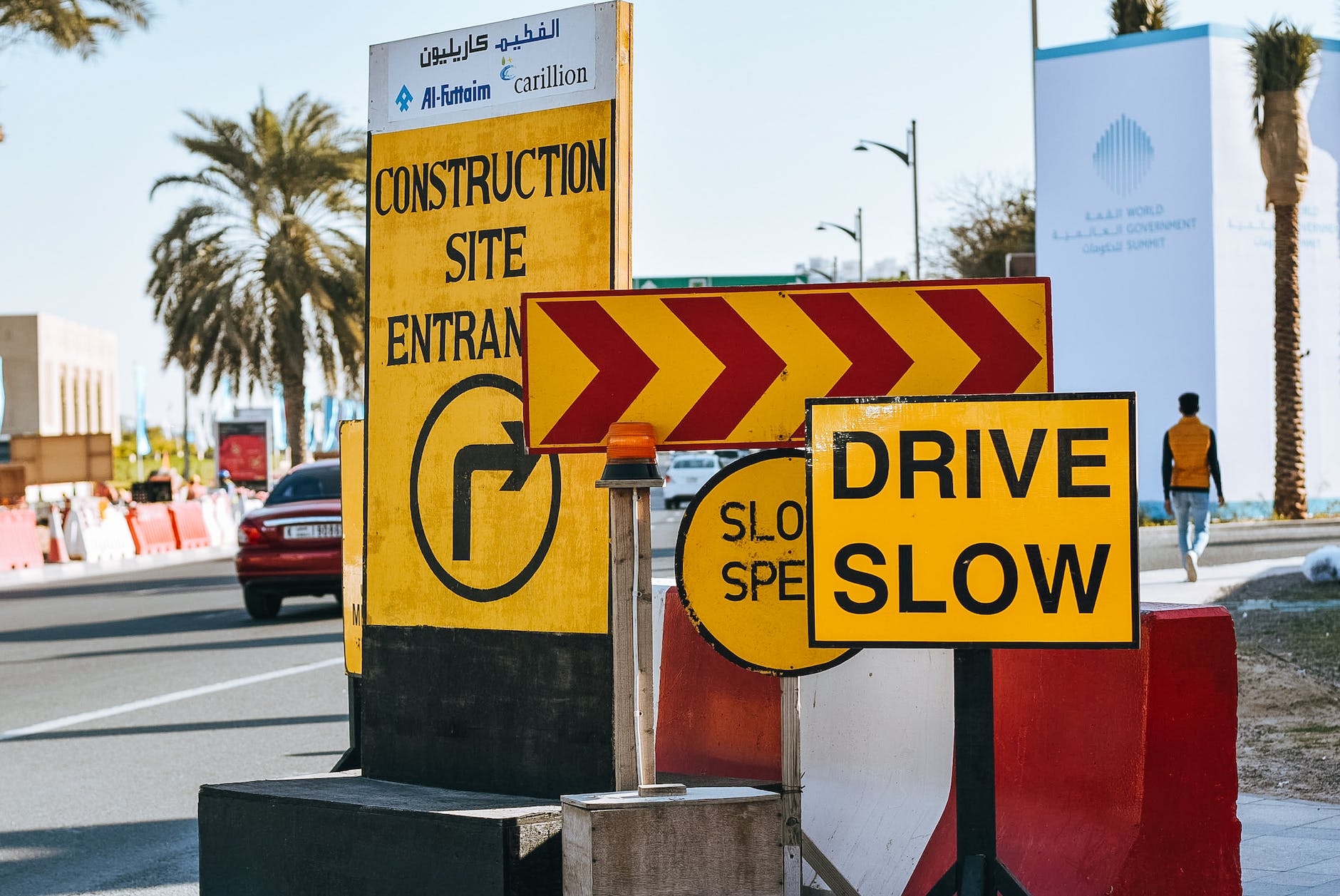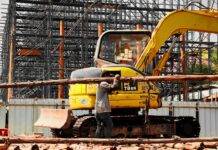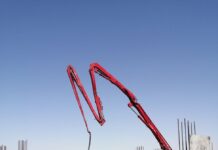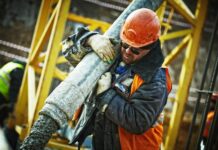
Construction Site Safety: Construction Safety at Workplace
Construction sites are bustling hubs of activity, but amid the whirlwind of building and progress, safety often takes center stage. In this comprehensive guide, we delve deep into the world of construction site safety, exploring essential measures, challenges, and the future landscape of ensuring security in these dynamic environments.
Importance of Safety in Construction
Construction site safety isn’t just a priority; it’s a moral obligation. The welfare of workers, the public, and the integrity of the project hinges on a robust safety framework. Ensuring a safe environment not only prevents accidents but also improves productivity and project efficiency.
Key Safety Measures on Construction Sites
Personal Protective Equipment (PPE)
The cornerstone of safety begins with equipping workers with adequate PPE. Hard hats, gloves, high-visibility vests, and steel-toed boots act as armor against various site hazards.
Hazard Identification and Risk Assessment
Thorough identification and assessment of potential hazards are vital. From unstable scaffolding to electrical dangers, understanding risks allows for proactive measures.
Safety Training and Protocols
Regular training sessions and clear safety protocols are imperative. Educating workers about risks and the correct use of equipment significantly reduces accidents.
Common Hazards on Construction Sites
Falls from Heights
Falls are among the leading causes of fatalities in construction. Implementing fall protection systems is crucial to mitigate these risks.
Electrocution
Exposed wiring, faulty equipment, and lack of proper grounding pose serious electrical hazards. Stringent measures to prevent electrocution are indispensable.
Struck-by Incidents and Caught In/Between Accidents
Moving machinery, falling debris, and trench collapses present dangers. Vigilance and adherence to safety procedures help prevent these accidents.
Role of Regulations in Ensuring Safety
Regulations, such as those by OSHA, serve as benchmarks for safety standards. Compliance ensures a baseline for construction site safety, protecting workers and stakeholders alike.
Innovations and Technology in Construction Safety
The industry embraces technological advancements for safety. Drones surveil sites, AI predicts potential risks, and safety-enhancing equipment evolves continuously.
Creating a Safety Culture in Construction
Leadership plays a pivotal role in fostering a culture of safety. When safety becomes ingrained in the company ethos, employees actively engage in maintaining a secure environment.
Measuring and Evaluating Safety Performance
Metrics gauge the efficacy of safety measures. Constant evaluation and improvement strategies ensure continuous enhancement of safety protocols.
Challenges in Implementing Safety Measures
Budgetary constraints and resistance to change often impede safety efforts. Balancing costs while prioritizing safety remains a challenge.
Construction site safety is crucial for preventing accidents and ensuring the well-being of workers. Several key measures can significantly enhance safety:- Training and Education: Provide comprehensive safety training to all workers, including proper equipment usage, hazard recognition, and emergency procedures.
- Personal Protective Equipment (PPE): Mandate the use of appropriate PPE, such as hard hats, gloves, safety goggles, and steel-toed boots, to minimize the risk of injury.
- Regular Inspections: Conduct routine inspections of the site to identify potential hazards, faulty equipment, or unsafe conditions. Address issues promptly.
- Clear Communication: Ensure clear communication among workers regarding safety protocols, emergency exits, and any changes in procedures.
- Fall Protection: Implement measures to prevent falls, such as guardrails, safety nets, and harnesses when working at heights.
- Equipment Safety: Maintain and inspect machinery regularly to ensure proper functioning and safety compliance.
- Emergency Preparedness: Have a well-defined emergency response plan in place, including first aid kits, fire extinguishers, and evacuation procedures.
- Site Organization: Keep the site clean and organized to reduce tripping hazards and potential accidents.
- Workplace Ergonomics: Design work areas to minimize strain and injury, considering ergonomics and proper work positioning.
- Regular Training Updates: Continuously educate workers on new safety protocols, equipment, and industry best practices.
Remember, prioritizing safety benefits everyone involved, reducing accidents, injuries, and ensuring a more productive work environment.Conclusion
Construction site safety is the cornerstone of a successful project. Embracing technological innovations, nurturing a safety culture, and staying abreast of evolving standards are key to a secure construction environment.
Construction Safety Toolbox Talk Meeting
How Many Insurance Policies are Required in Construction?
Construction Safety Basic Knowledge
FAQs
- How often should safety training be conducted on construction sites? Safety training should be regular, ideally conducted before starting new tasks or equipment operation.
- What role do supervisors play in ensuring construction site safety? Supervisors are crucial in enforcing safety protocols, conducting inspections, and leading by example.
- Are there penalties for non-compliance with safety regulations? Yes, non-compliance can result in fines, project delays, or even legal action.
- What are some cost-effective ways to enhance construction site safety? Implementing regular safety audits, promoting awareness, and incentivizing safe practices can be cost-effective.
- How can companies encourage worker participation in safety programs? Involving workers in safety committees, seeking their input, and recognizing their contributions incentivizes participation.





















